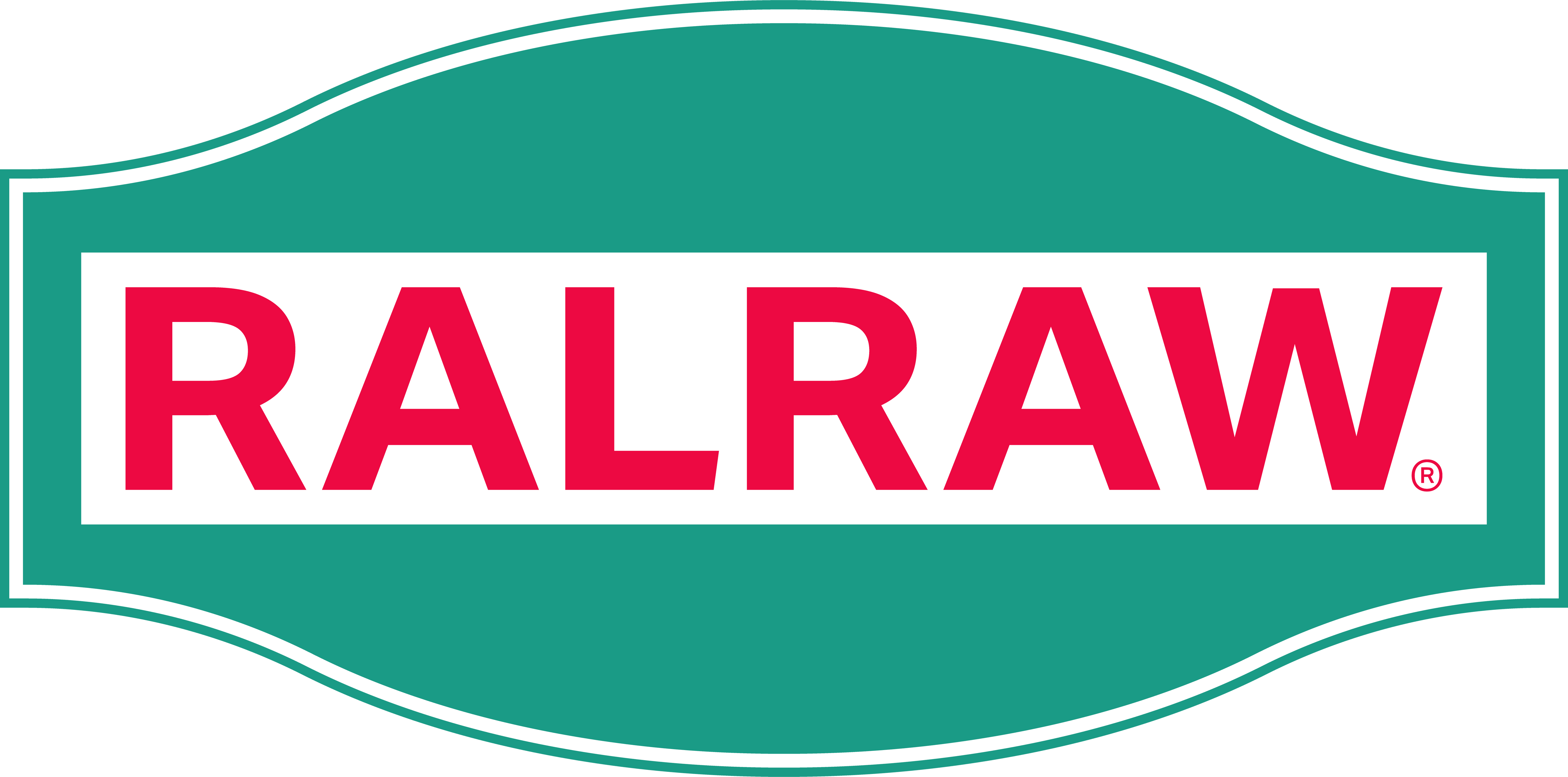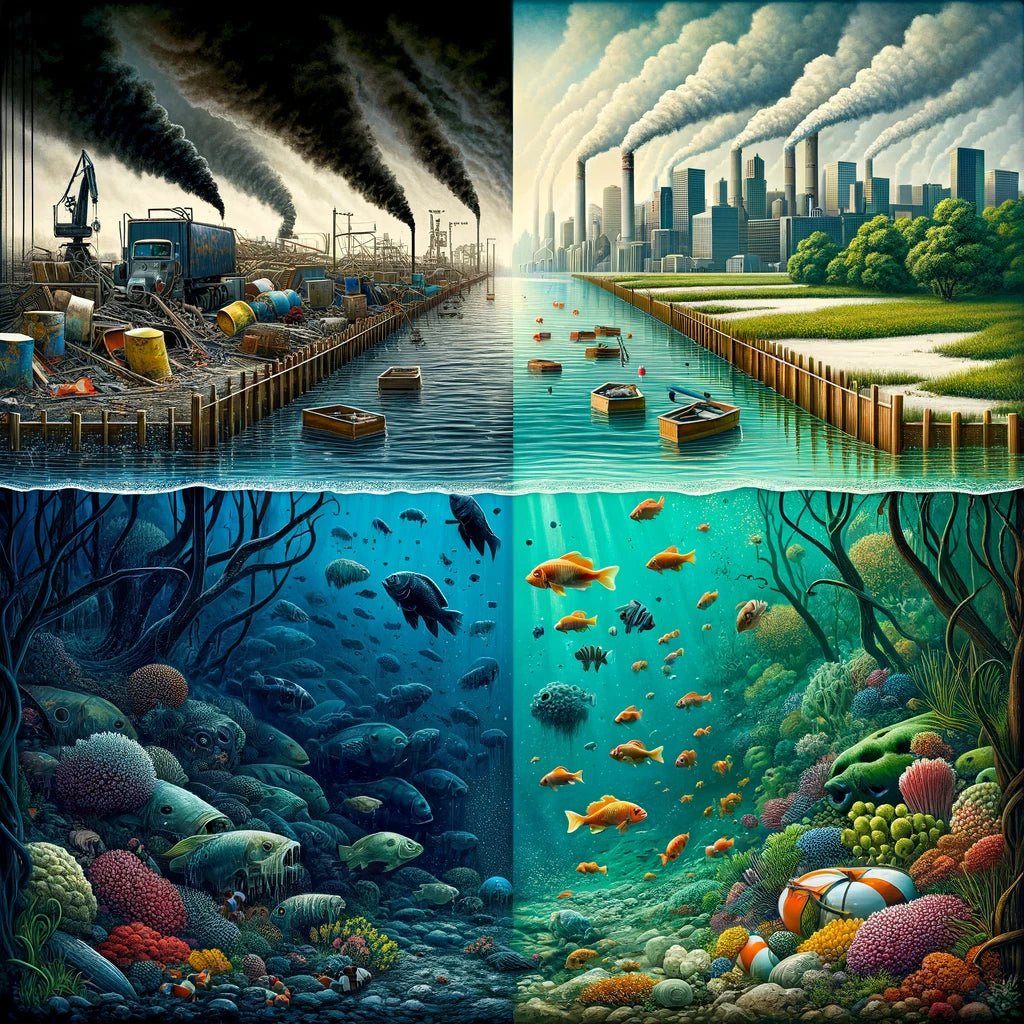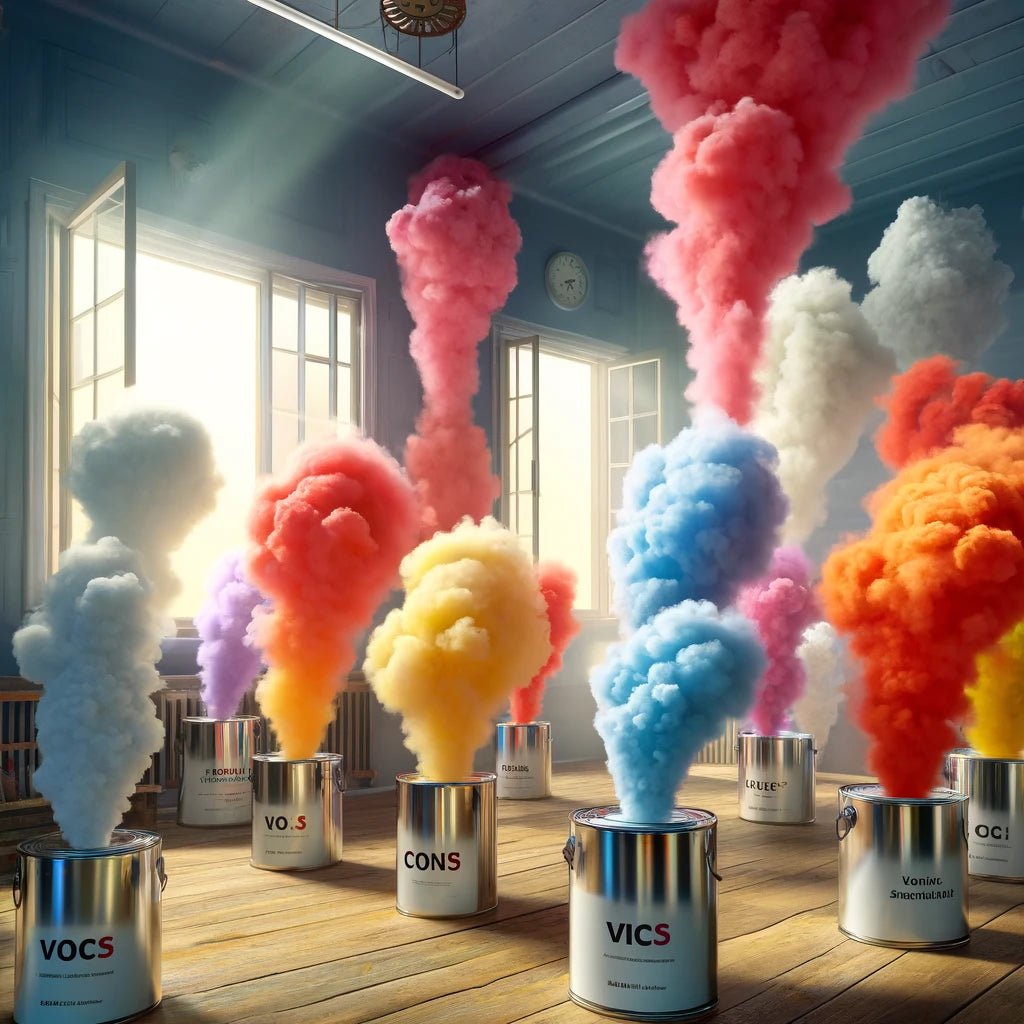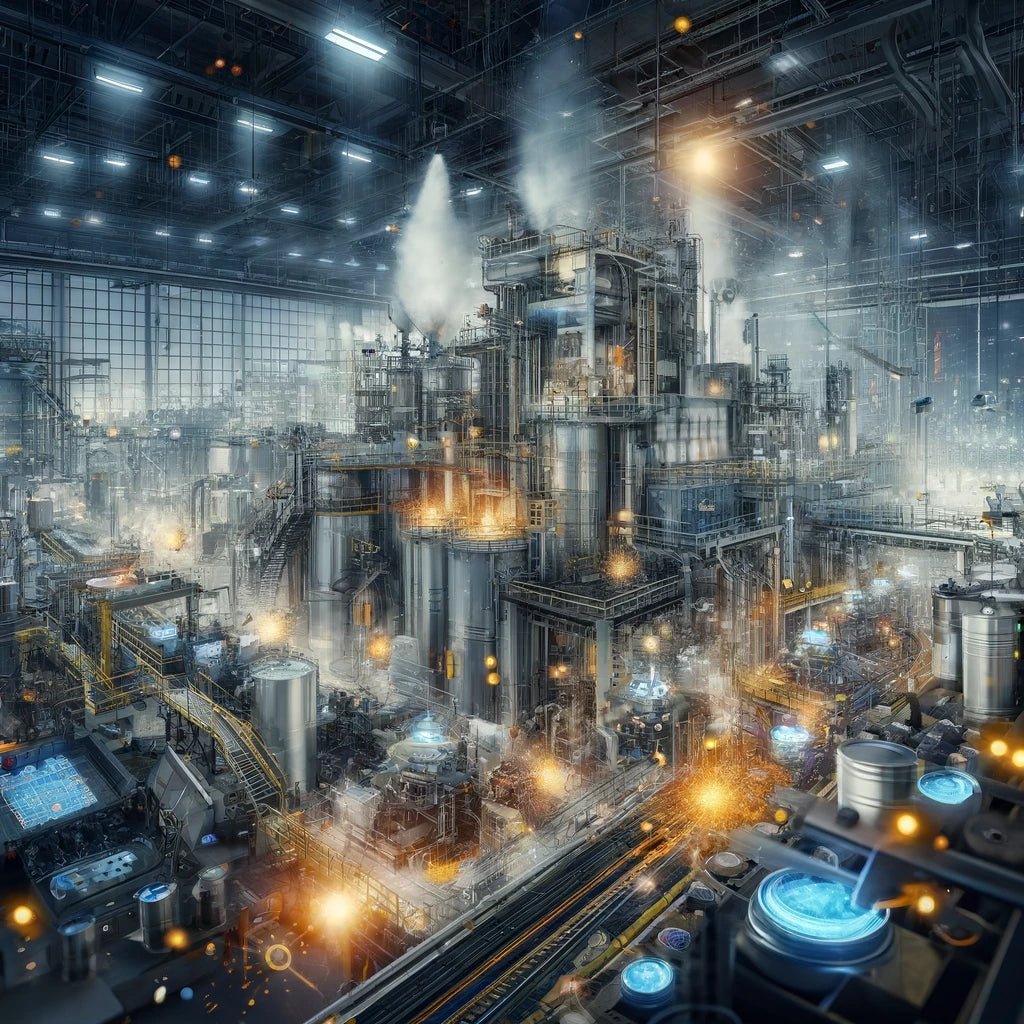RALRAW™ collective, founded in 2024 in Zürich, Switzerland, is spearheading a revolution in the paint industry with its commitment to sustainability. Central to their mission is the development of offRAL™, an innovative range of water-saving, reusable, and biodegradable paint rolls.
Unlike traditional paint production, which often leads to harmful waste discharge into aquatic ecosystems, RALRAW™'s offRAL™ significantly reduces environmental impact. By eliminating toxic chemicals like PVC, Glycol-Ether, Formaldehyde, Phthalates, and others, offRAL™ ensures the safety of aquatic life in both marine and freshwater environments.
RALRAW™'s dedication to environmental responsibility extends beyond product innovation. The collective actively collaborates with organizations like water.org to address global water scarcity issues, further highlighting its commitment to protecting aquatic ecosystems.
OffRAL™ represents a paradigm shift in the paint industry, demonstrating that sustainable alternatives can not only meet but exceed performance expectations while safeguarding the environment.
Effects of Paint Production Waste on Aquatic Ecosystems
Paint production waste poses significant threats to aquatic life due to its toxicity and potential for ecosystem disruption. Key impacts include:
- Chemical Contamination: Toxic chemicals released from paint production waste can contaminate water bodies, affecting the health and survival of aquatic organisms. Species such as fish, amphibians, and invertebrates are particularly vulnerable to the adverse effects of pollutants.
- Habitat Destruction: Discharge of paint waste can lead to habitat degradation and loss, disrupting aquatic ecosystems and jeopardizing biodiversity. Wetlands, estuaries, and coral reefs are among the habitats most at risk from pollution caused by paint production.
- Algal Blooms: Nutrient runoff from paint production waste can contribute to algal blooms, which deplete oxygen levels in water bodies, leading to fish kills and other negative effects on aquatic life. Algal blooms can also block sunlight from reaching submerged vegetation, further impacting the ecosystem.
- Acidification: Some paint production waste may contain acidic compounds, leading to acidification of water bodies. Acidic conditions can harm aquatic organisms, disrupt food chains, and alter the composition of aquatic communities.
These impacts highlight the urgent need for sustainable alternatives like offRAL™ to mitigate the environmental consequences of paint production on aquatic ecosystems.
Protecting Aquatic Life Through Sustainable Practices
RALRAW™'s offRAL™ embodies a holistic approach to environmental protection, minimizing its impact on aquatic life through:
- Non-Toxic Formulations: By eliminating harmful chemicals, offRAL™ reduces the risk of aquatic contamination and promotes the health of marine and freshwater organisms. Paint ingredients are carefully selected to ensure biocompatibility and eco-friendliness.
- Resource Conservation: The water-saving and biodegradable properties of offRAL™ contribute to the preservation of aquatic habitats and natural resources. Reduced water usage and waste generation lessen the strain on freshwater ecosystems and reduce the carbon footprint of paint production.
- Collaborative Initiatives: RALRAW ™'s partnerships with organizations like water.org demonstrate a collective effort to safeguard aquatic ecosystems and promote sustainable water management practices globally. By working together, stakeholders can address complex environmental challenges and implement effective solutions.
- Research and Innovation: RALRAW ™ invests in research and development to continuously improve the environmental performance of its products. Advanced technologies and materials are used to enhance durability, longevity, and sustainability, ensuring that offRAL™ remains at the forefront of eco-friendly paint solutions.
Through innovation and collaboration, RALRAW™ is setting new standards for environmental responsibility in the paint industry, ensuring a healthier future for aquatic life and ecosystems worldwide.
Conclusion
The impact of paint production on aquatic life is significant and multifaceted, encompassing chemical contamination, habitat destruction, algal blooms, and acidification. However, initiatives like RALRAW™'s offRAL™ offer hope for a more sustainable future.
By prioritizing non-toxic formulations, resource conservation, collaborative initiatives, and research-driven innovation, RALRAW™ is leading the way in environmental responsibility. Through collective action and ongoing commitment to sustainability, we can protect aquatic ecosystems for generations to come.




Leave a comment
This site is protected by hCaptcha and the hCaptcha Privacy Policy and Terms of Service apply.